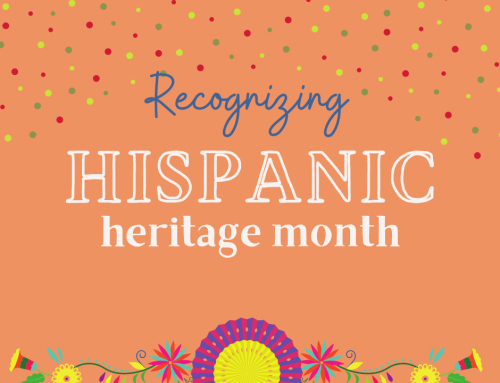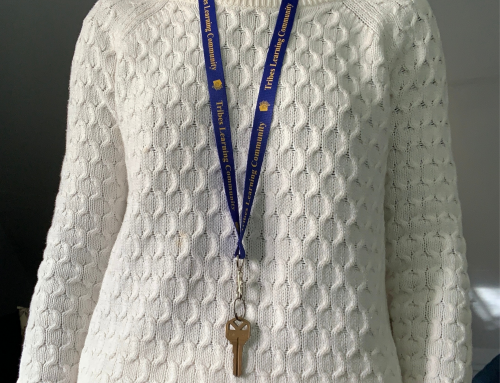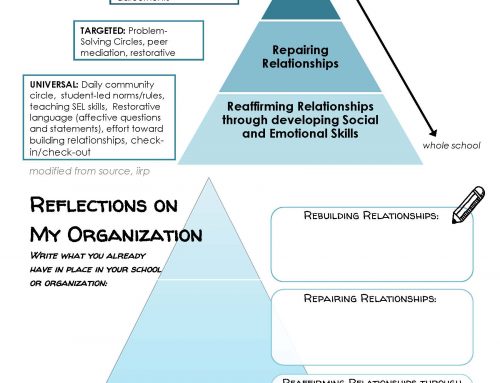The Road Less Traveled…
…is unpaved, with some big darn potholes, and through the wilderness. But it is a beautiful sight, if one takes the time to stop and see and appreciate the sights.
In this metaphor, the ‘sights’ are the students; the ‘road’ is the path educational practice and protocol has followed and stuck with, even though other paths come and go in the figurative forest of policy and procedure.
The National Council for Accreditation of Teacher Education commissioned a report that is entitled “The Road Less Traveled”. You can read it here at the NCATE site.
An excerpt states:
A visit to many schools will show that many of today’s middle and secondary school classrooms are not settings for positive youth engagement. Youthful energy, excitement, and enthusiasm often reside in the hallways and lunchrooms — not in the classroom. Study after study reaches the same stunning conclusion: we are losing a large proportion of alienated high school students, especially in cities. Unfortunately, research also indicates that even those who do graduate often complete their school work on a superficial level, and up to one- third of students at some colleges require remedial work.
I just completed a two-week substitute assignment in Language Arts and a Leadership elective. Some teachers I used to teach with, dropped by and sighed and said. “I remember when we used to do this…”
“This” is the various Tribes TLC strategies I was facilitating. 7th grade Language Arts students were reviewing vocabulary (the ‘content’ vocabulary mandated by the district) through the strategies ‘I like my neighbor’ and ‘I sit in a chair with my friend’. The pacing guide said they had to be reading and understanding the Robert Frost poem ‘Stopping by Woods on a Snowy Evening’. So I prepared some index cards with words from the poem, and along with many other cards, students reconstructed the poem and then built towers to design a community of connections. They remembered the poem; they understood the literal meaning as well as the figurative inference; they analyzed the rhyming pattern.
Yes, it took some time to move the desks and make a circle of chairs for the energizers and the poetry tower building, and yes, it takes some organizing to get at least 20 packs of various sized and colored index cards. And yes, every student was engaged, participatory, and reflective.
If we want our students to have ‘settings for positive youth engagement’ and we want our schools to be a culture for caring and learning, we need to find the road less traveled, follow the signs and directions, and reflect on our students’ and our own learning. I think it should look like this:



